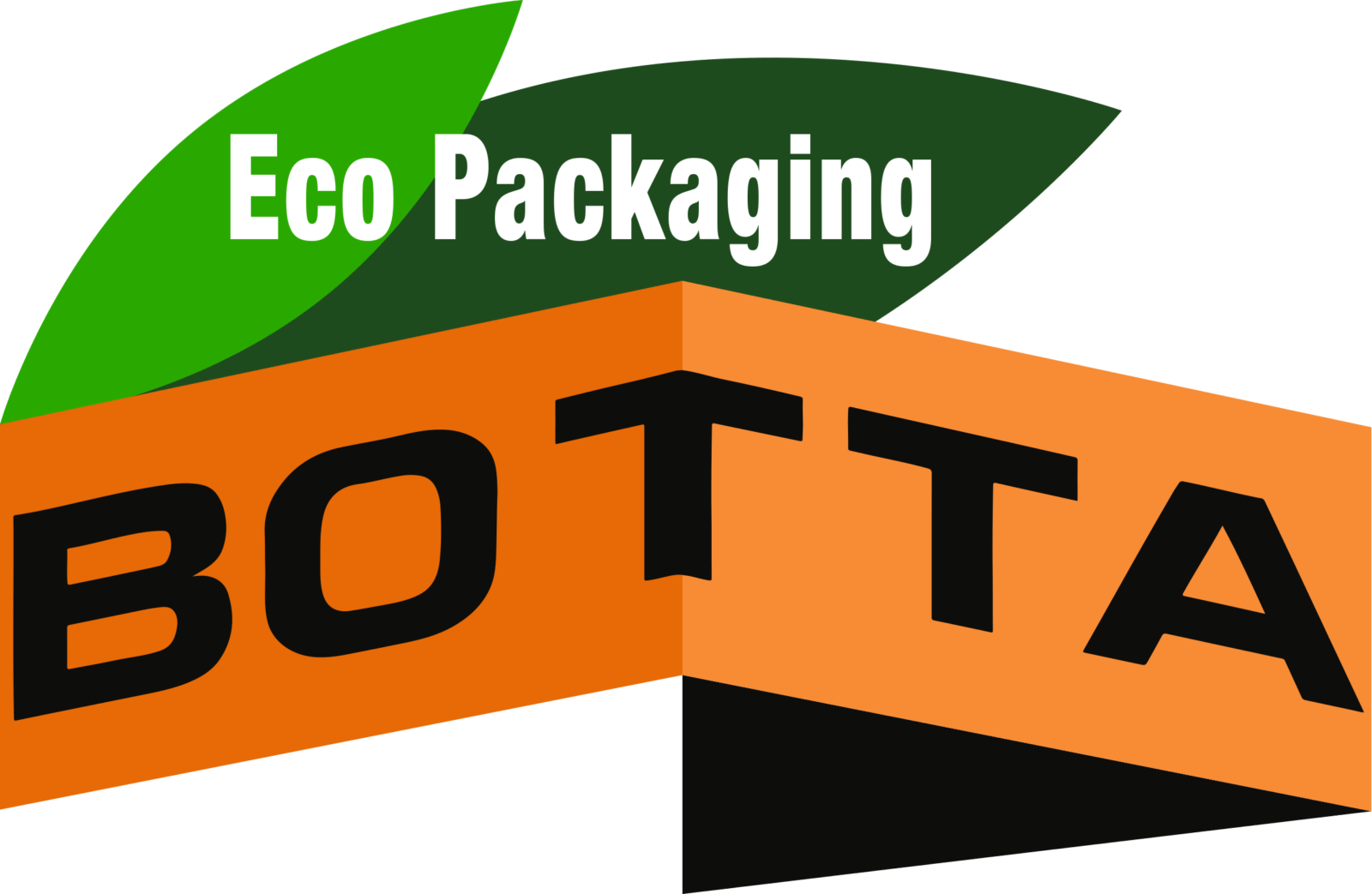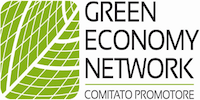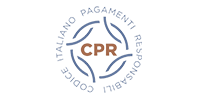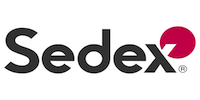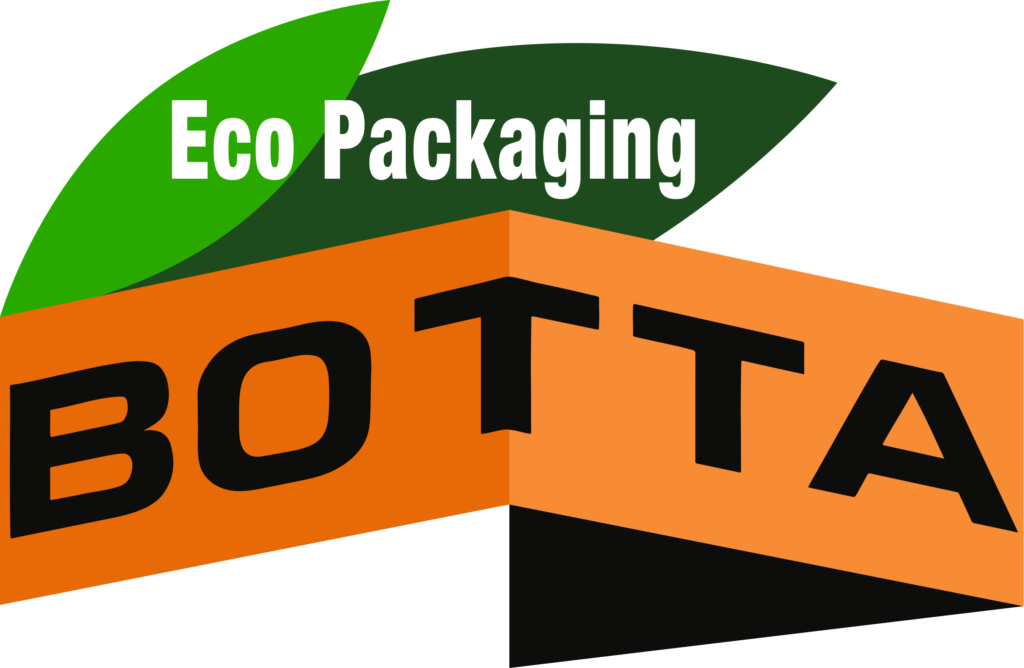As one of the most versatile and popular materials utilized in the packaging industry, corrugated cardboard sheet has seen significant application across multiple business sectors such as fashion, food, and electronics.
Numerous companies make use of this material instead of plastic to protect and transport their products, but only a few understand its characteristics and benefits fundamentally. From its lightness to strength, from the second class of 125g/mq to the sixth class of 440 g/mq, let’s explore the world of corrugated cardboard from what makes it as it is to where its advantages are optimized.
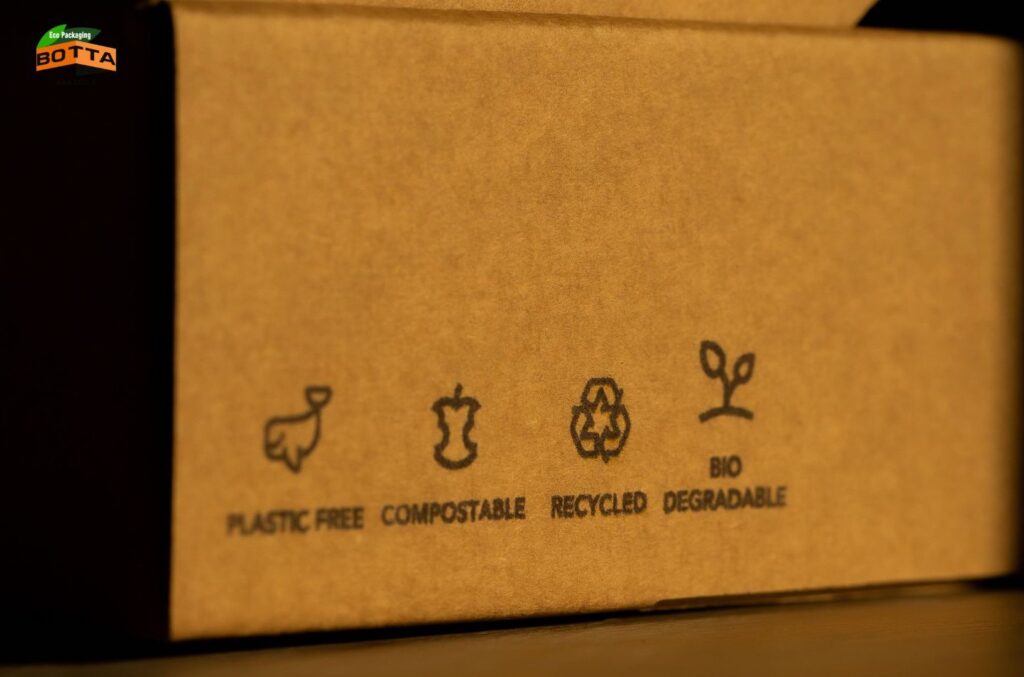
Things that make a corrugated cardboard
Corrugated cardboard is basically a composite material consisting of one or more paper sheets moulded into tight ridges and valleys, sandwiched by one or more paper sheets with flat surfaces. The paper with ridges and valleys structure is termed “fluting”, while the paper with a flat surface is called “liner”.
Corrugated cardboard is commonly used as the base material for the manufacture of boxes, packaging, and containers for the transportation and storage of goods of various types, mostly delicate ones. Whatever the intended application or the final need is, the number of fluting and liner is based on it.
There are three categories of corrugated cardboard currently available in the market:
- Single/simple wall
- Double wall
- Triple wall
Simply speaking, the more the walls are, the stronger the cardboard becomes. Triple-walled cardboards are in fact used for particular cases only due to maximum rigidity.
Below are the criteria for corrugated cardboard classification:
- Grammage: weight per surface area
- Thickness
- Edge Crush Test (ECT): compression test before deformation
- Bursting strength: testing cardboard resistance against tearing
- Box Compression Test (BCT): compression test before being crushed
- Water absorbance (Cobb test): how much water is absorbed within a designated duration [1]
Processes that make a corrugated cardboard
The first method that produces corrugated cardboard sheets is lamination using an “undulating machine”. Papers are fed into the machine and the machine creates a series of waves at the surface of the flat paper sheets, ending up with the typical undulation. These waves are able to absorb shocks, providing noticeable protection towards the goods the package contains.
Another method is called “undulation”. Sheets of paper are also fed into an undulating machine, in which they are pressed against an undulating roller, resulting in rigid ridges and valleys. These paper sheets act as the central layer, to which two flat layers are then attached together to become one unique corrugated cardboard.
Characteristics of corrugated cardboard
The main characteristics of corrugated cardboard are its lightness, flexibility, and protection ability against damage during transport. Those are due to their multi-layered structure, by which they can withstand pressure and shocks, protecting the packed product from damage.
One example is corrugated wine bottle packaging. It is basically a rectangular box equipped with an internal separator to allocate rooms for bottles and protect them from vibration and shocks accordingly. This packaging is made and developed to protect wine, beer, or other beverage bottles during transport or storage.
Since corrugated cardboard packaging is made of affordable material, easy procedure, and also recyclable, it is an ideal choice for companies who are looking for eco-friendly packaging solutions.
Using corrugated cardboard
Mainly, corrugated cardboard is utilized to produce boxes and packaging, to make use of its strength and flexibility given by the central undulation.
There are several factors that influence the properties of a corrugated cardboard sheet, such as the type of base paper, the dimensions of undulation, and the material density. The selection of these factors depends on the needs of each specific application.
Corrugated cardboard packaging is versatile, strong, and applicable to various needs. It can be used to pack small-sized products such as food, and also products with bigger dimensions such as heavy machinery. Corrugated cardboard, therefore, comes with a wide range of weights and densities, allowing customization. For example, high-density corrugated cardboard is a good material for heavy boxes, while the low-density one is more of lighter packaging.
What’s more, is that customized prints are also available in ample range and unique to the market and image each company desires to represent!
[1] fonte: https://www.comieco.org/carta-e-cartone/Carte-ed-Eventuali/cartone-ondulato-imballaggi/
